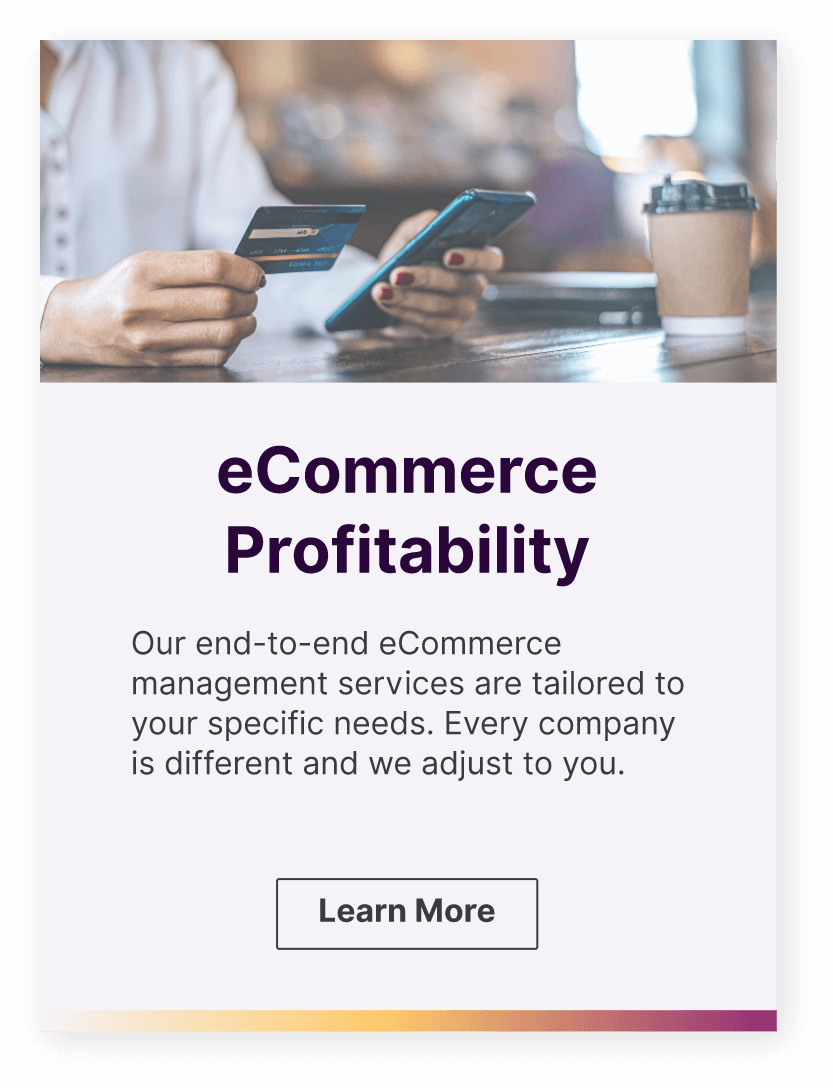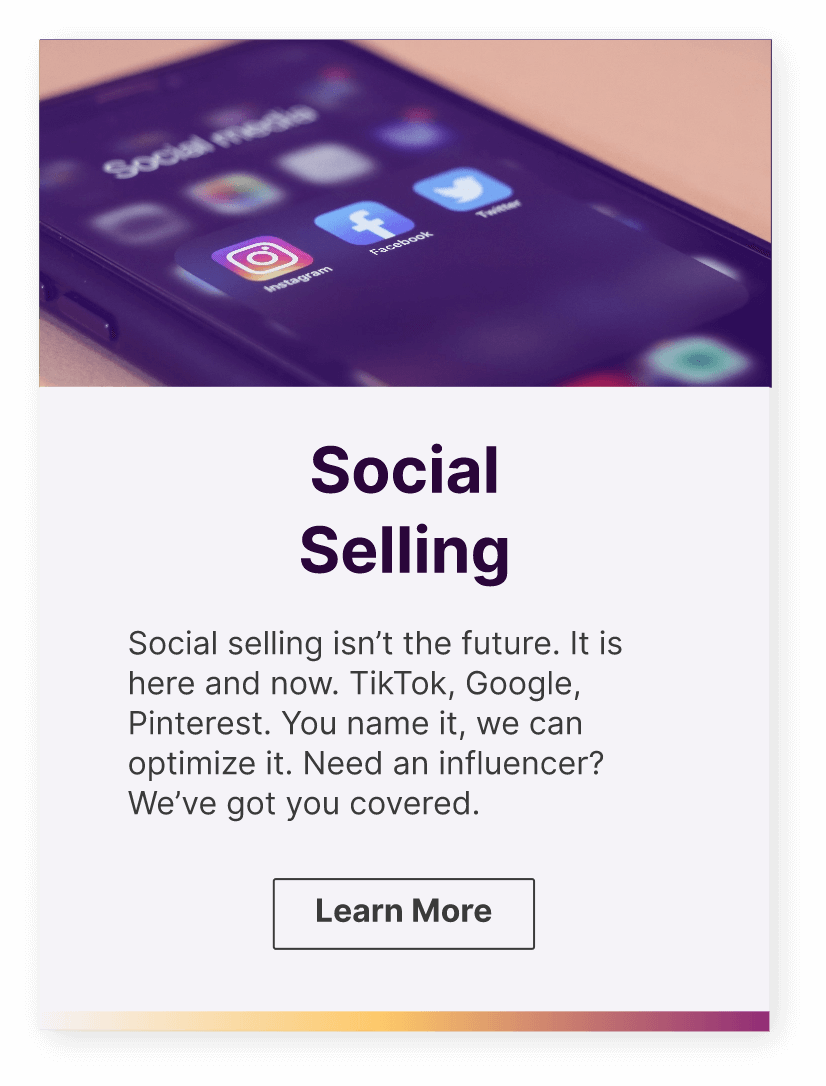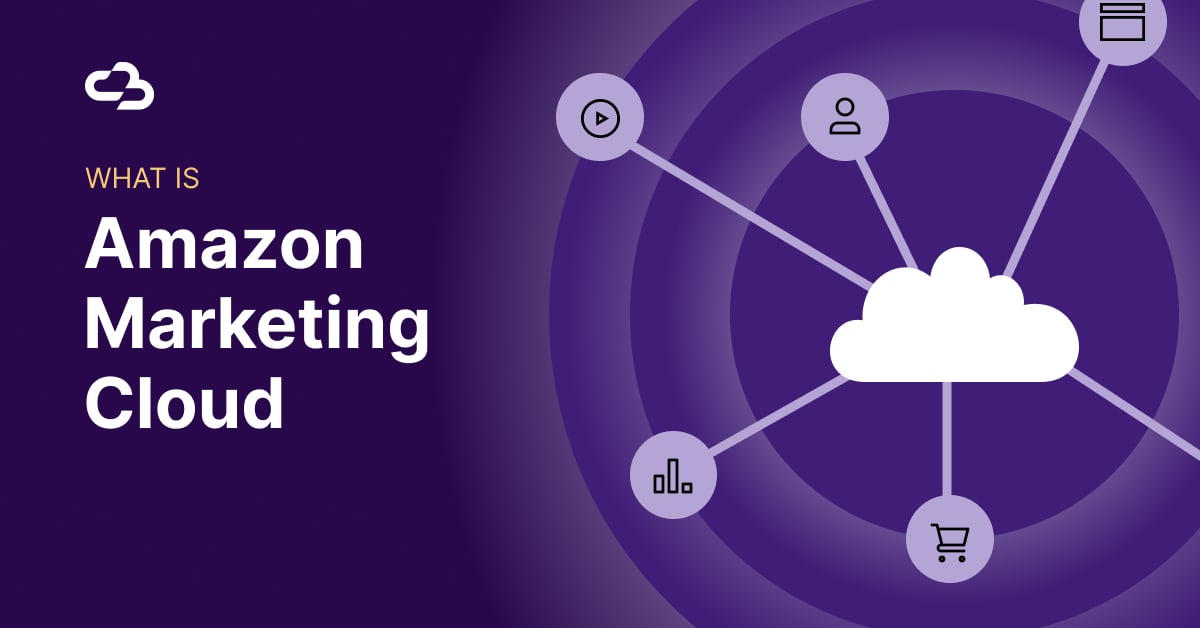Amazon Marketing Cloud (AMC Insights on AWS may be marketers' single-greatest tool for ad strategies and spending decisions.


Amazon Ads
Advanced Partner
500+ Brands
Trust us with their retail
media and commerce
$500MM
Ad spend managed
for our clients
250K
Campaigns managed
ONE agency with the experience and tools to drive incremental sales.
Just a few friends we’ve made along the way.
We are where YOU are
We are where YOUR shoppers are
200+
Employees
20
Languages spoken
24/7
Chasing the sunset
Industry Recognition

The Internationalist Gold Winner
Channel Bakers placed GOLD in The Internationalist Innovative Digital Solutions Awards. Our innovative "Cleaning-up on Amazon" campaign for Jason Markk showcased our teams' ability to deploy cutting-edge technologies and purposeful strategies to win big on Amazon.
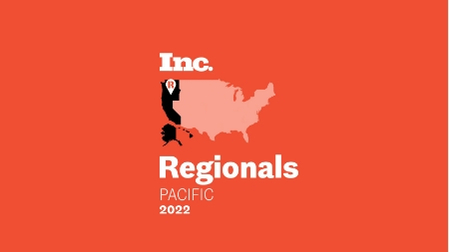
No.62 within the Pacific region
With prestigious past nominees like Microsoft, Under Armour, and Facebook, the Inc. 5000 is the authority in ranking the fastest-growing private companies in the US. In 2022, Channel Bakers placed in the top third nationwide for a second year straight and stands at No. 62 in the Pacific region.
Latest Blog Posts

Amazon Ads' New Video Creative for Sponsored Display
Everything you want to know about Amazon Ads Sponsored Display to leverage audience interest and shopper behavior.
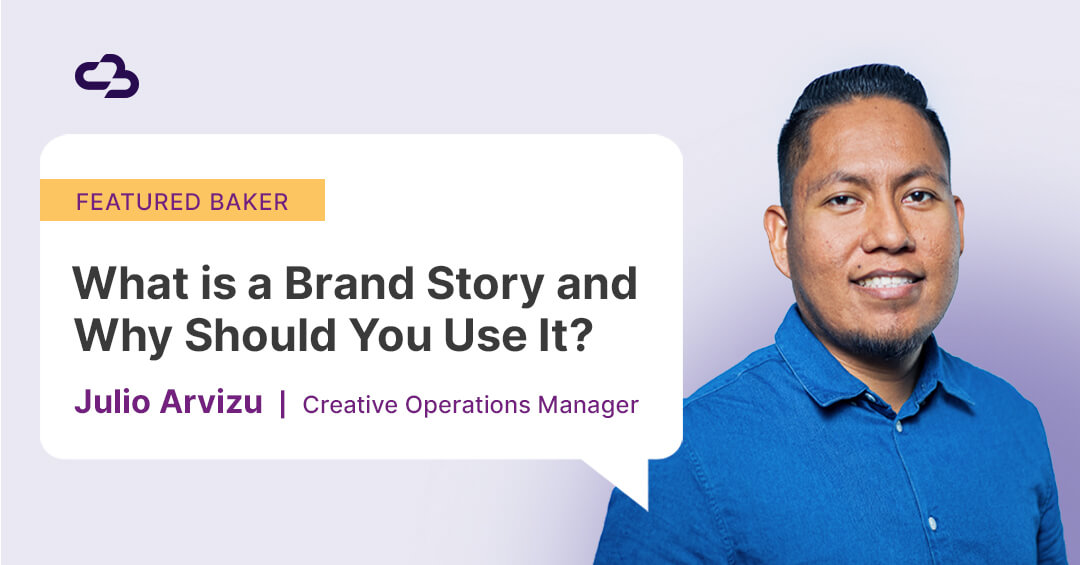
Your Guide to Amazon's New Brand Story A+ Feature
The Brand Story is a new feature added to Amazon’s list of A+ modules. It's the best place on the product page to share your brand’s values & win over Millenial & Gen Z shoppers.
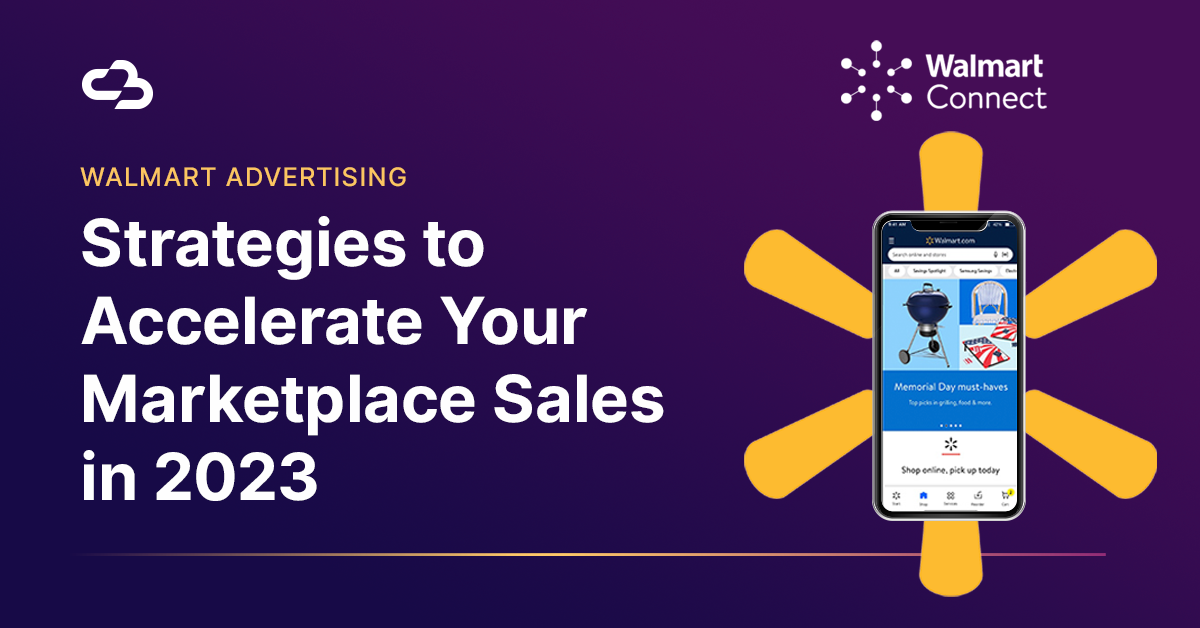
How To Accelerate Your Sales On Walmart Marketplace in 2023
Understanding how to effectively advertise on the Walmart Connect platform by refining your bid strategy to generate Marketplace sales in 2023.



